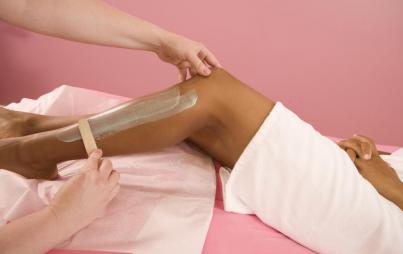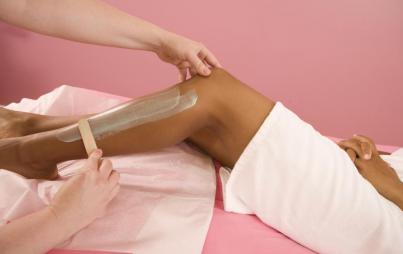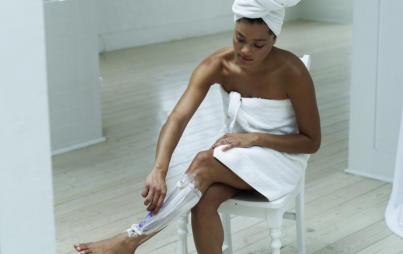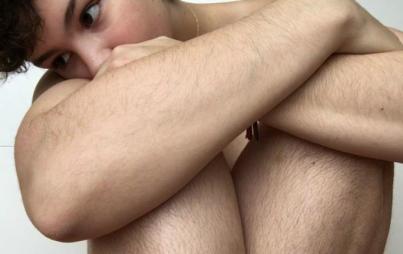
I’ve been on a largely fruitless quest for good hair all my life. I’ve got thin, baby-fine, straight-as-a-nail hair that’s somehow both oily and prone to frizziness at the same time. Years of abusing my hair with heat and dyes didn’t help the state of affairs, either. So when I heard that women were cutting back on or even foregoing shampoo altogether and getting dream-worthy hair, I was game to give the shampoo-free lifestyle a try. The term “no-poo” (an unfortunate-sounding abbreviation of “no shampoo”) didn’t exactly appeal to me, but the idea that it was shampoo, not my genes or bad habits, that was giving me bad hair...well, that definitely appealed to me.
There are about as many methods for going shampoo-free as there are hair product choices on the drugstore shelf, but I test-drove five of the most popular:
Water-Cleansing
The idea behind water-cleansing is that the scalp’s natural oil, sebum, is the only moisturizer hair needs. Shampoos strip sebum away, leaving hair brittle and dry. Washing with hot water, so the claim goes, allows hair to retain enough oil to stay healthy and shiny.
Boy was my hair shiny. It was so shiny, in fact, that I looked as though I’d been dunked head-first in a vat of canola. The oil slick of my scalp wasn’t my only problem: water alone wasn’t enough to deal with sweat after a good workout, or with the grimy remains of styling products.
If your scalp is exceptionally dry, or if you never use even the slightest spritz of hairspray or other products, you might be able to get away with water-cleansing, but I’ll spare the world the experience of seeing my own personal Exxon Valdez oil disaster.
Co-Washing
Conditioner-only washing, or “co-washing,” has the same appeal as water-cleansing: it promises to keep hair moisturized and avoid stripping away natural oil. But instead of relying on water to do all the work, co-washes involve tiny amounts of cleansers that get hair clean, not just wet.
The theory behind co-washing is that most conditioners already contain small quantities of cationic cleaning agents, and these agents can deal with limited amounts of dirt, grime, and sebum while adding softening oils that help hair feel soft and smell fresh. Co-washing has been around since long before the no-poo movement; women with curls hair have sworn by the shine-giving power of co-washing for years.
After my hot water letdown, I wasn’t holding out much hope for co-washing, but my hair actually looked and felt remarkably soft and full for several days. By day three, I was ready for a good lathering down, but getting by with just a shampoo or two a week had my scalp thanking me.
Baking Soda and Vinegar
No-poo purists swear by massaging baking soda into wet hair, rinsing, then conditioning with a rinse of vinegar. The combination is gentle, they claim, and as good for your hair as it is for the environment.
As for my experience, let me remind you that anybody who made a volcano for the fifth-grade science fair knows what happens when you combine baking soda and vinegar (read: giant, foaming chemical reaction). Let’s just say that you should take greater care than I did to get all — every last speck — of the baking soda out of your hair before adding vinegar if you don’t want to experience the 'gentle' recreation of Mount Pinatubo’s eruption in your shower.
Dry Shampoo
Dry shampoos, typically packaged in aerosol cans, work by adding starches or clays to hair and letting them absorb oil. Because of their volumizing and texturizing properties, dry shampoos are a jackpot for thin, fine hair like mine. At least...they’re a momentary jackpot. The problem is that one head of hair can only assimilate so much absorbent white powder before it begins to look a little like a dusted wig owned by one of the founding fathers — dry shampoos don’t actually clean hair, but rather add accumulating layers of white stuff to it. And that stuff doesn’t just rinse out as soon as you’re sick of it.
After four days of building up an impressive layer of white clay on my hair, I had to use so much shampoo to get the powder out that I briefly considered seeking out a commercial solvent, or maybe a little paint thinner. If avoiding stripping my hair had been my goal, dry shampoo was a self-defeating exercise.
Silcone-Free Shampooing
Silicones and waxes are a mainstay in many shampoos and conditioners, largely because they make hair look so shiny and feel so smooth. But according to many, buildup of these waxes can make hair brittle, dry, and prone to breakage. Switching out a silicone and wax-heavy shampoo formula for a silicone-free formula, say proponents, will help clear away old buildup and prevent new damage.
After my other no-poo failures, I wasn’t sure that something as simple as swapping shampoo brands would make all that much difference, but a few weeks with a silicone-free shampoo left my hair in the best shape it’s ever been — shinier, stronger, smoother, and less prone to breakage and split ends. I may not have good hair, but it’s distinctly better-than-bad hair. I think I’ll take it.







